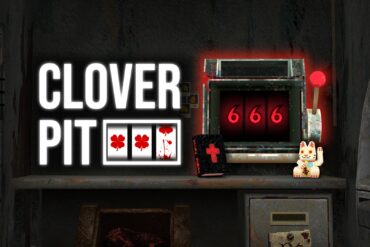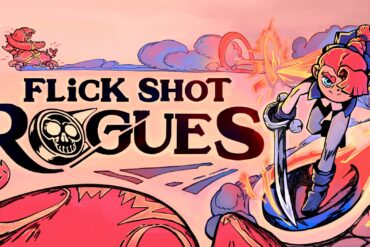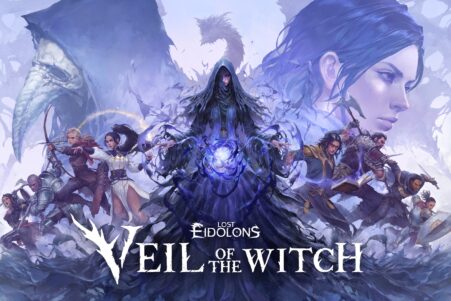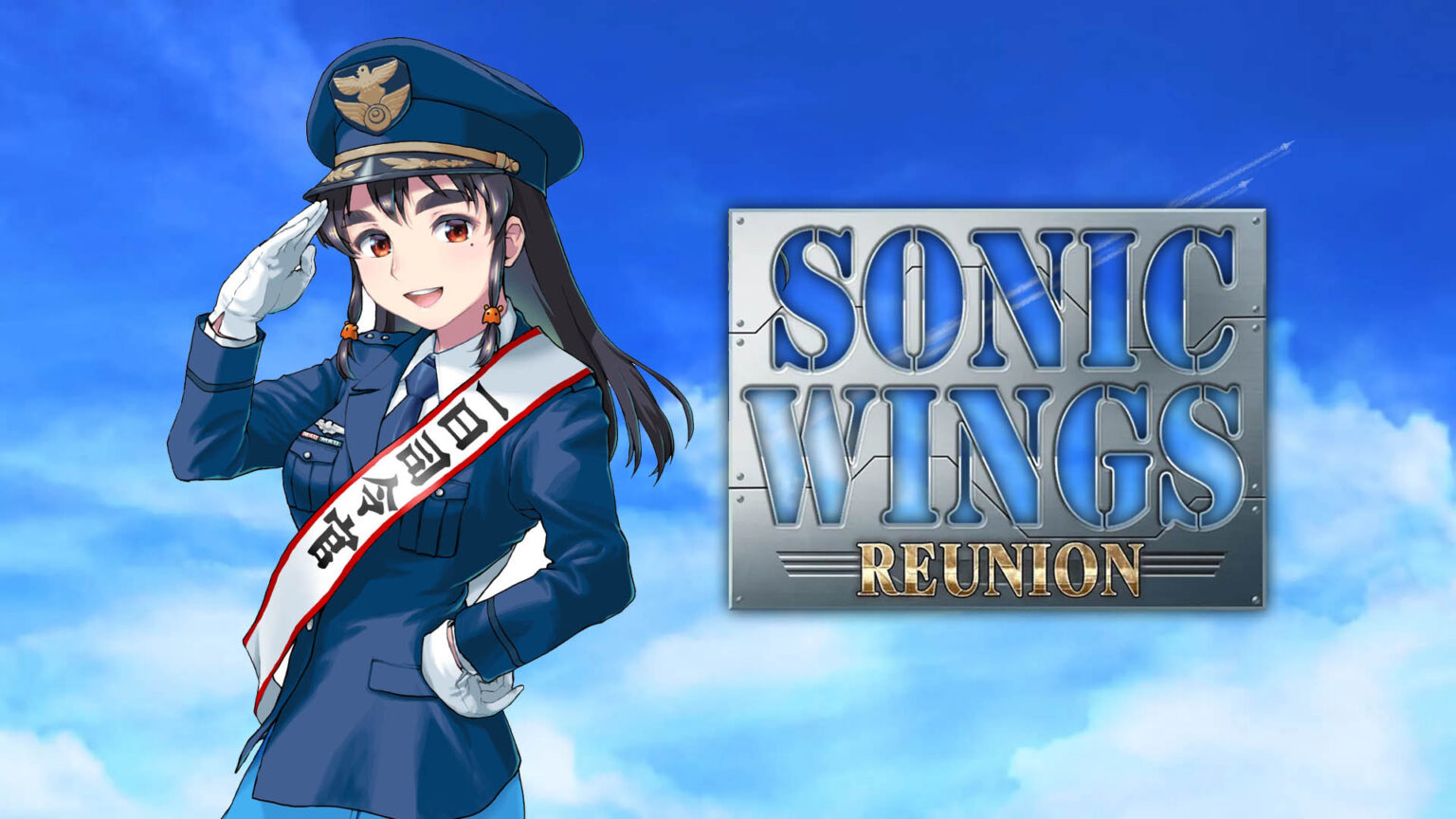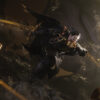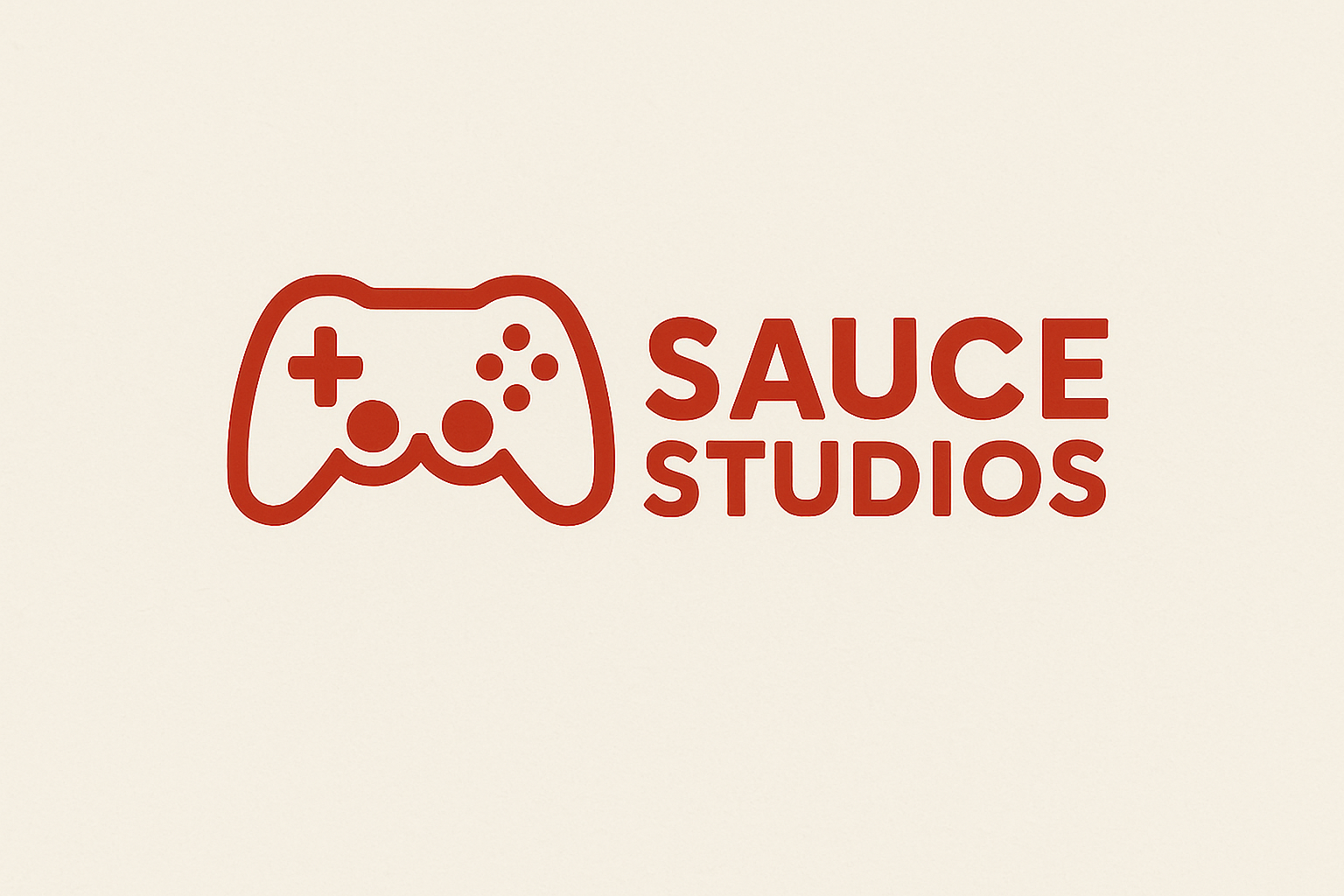Some series live on purely through nostalgia, waiting decades for a revival that reminds players why they mattered in the first place. Sonic Wings Reunion (known to Western audiences in the ’90s as Aero Fighters) aims to do exactly that by reviving a cult-favorite vertical shooter for modern audiences. The question is, does this long-awaited return bring the same high-flying energy of its arcade roots, or does it crash under the weight of modern expectations?
Old-School Arcade Action, Reignited
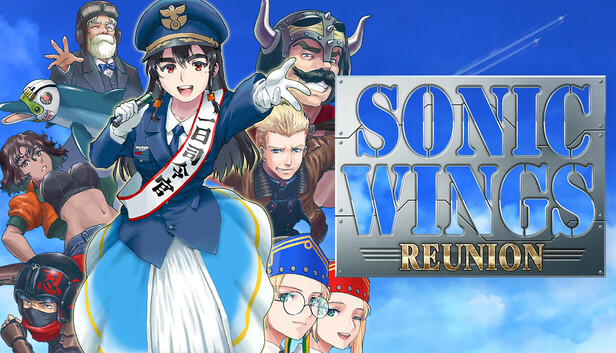

Sonic Wings Reunion is a straightforward, fast-paced vertical shooter that proudly embraces its retro DNA. You pick one of eight playable pilots. Ranging from a dolphin named Whity fighting to protect the oceans, to idol singer Mao Mao and taking off across eight chaotic stages filled with enemy fire, power-ups, and over-the-top boss battles.
The moment the screen fills with enemy bullets and that classic background music kicks in, it’s like stepping back into a Japanese arcade from the ’90s. The gameplay loop is clean and easy to grasp: shoot everything in sight, grab power-ups, and survive increasingly dense bullet patterns. It’s pure arcade simplicity, and that’s part of its charm.
Every character has a unique “bomb” (special attack) and voice lines, lending some personality to the cast. Yet, in practice, the differences between characters are mostly cosmetic. Power-ups always behave the same by extending your weapon’s spread and power output, and the core gameplay doesn’t really change, no matter which pilot you pick. That’s not inherently bad, but it means strategic depth is limited.
On standard difficulty, you’ll likely breeze through a full run in 15 to 20 minutes. It’s short, but like most arcade titles, it’s built for replayability. Crank up the difficulty, and Reunion quickly shifts from casual fun to near-bullet-hell chaos.
The game also supports local co-op, and it’s genuinely one of its strongest points. Two-player mode injects the kind of chaotic energy that made classic shooters addictive. Better yet, conversation scenarios change depending on the pairing of characters a small but fun detail that shows developer SUCCESS still remembers how to entertain fans of the series.
Add in online leaderboards, and the game provides that competitive incentive to master every stage, score chain, and boss encounter. It’s a simple foundation, but one that hits all the right nostalgic beats.
A Bit of Turbulence
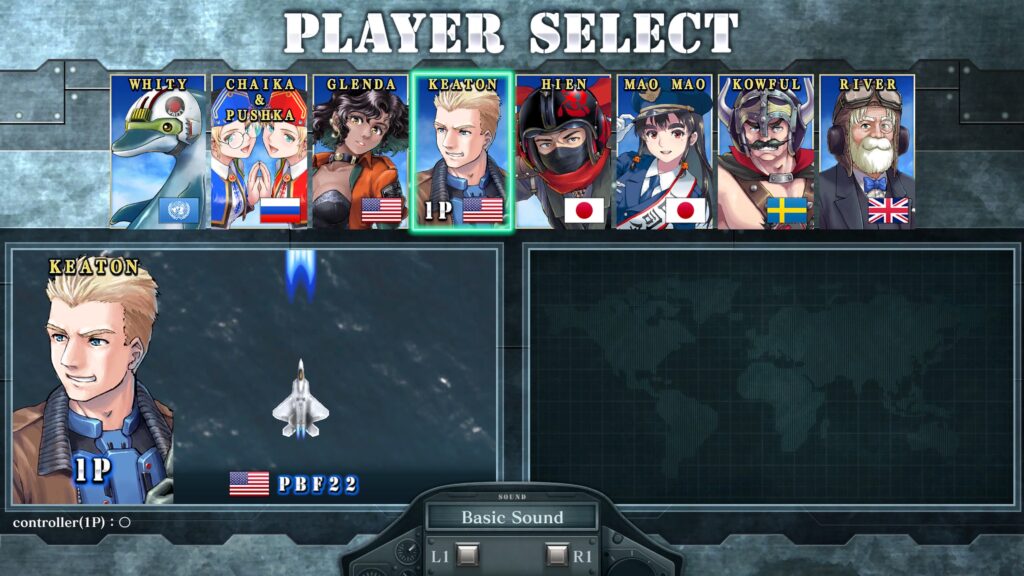

This is where Sonic Wings Reunion struggles to keep altitude. While the gameplay feels authentic, the visuals are disappointingly uneven. The environments and backgrounds often look like they’ve been lifted from a PlayStation 2-era title: flat textures, minimal parallax scrolling, and static scenery. The enemy and bullet designs, on the other hand, are sharper and cleaner, creating a noticeable mismatch between foreground and background elements.
Your aircraft only features two basic animation frames for movement, which gives the action a “cut-and-paste” feel. It’s functional, but not the kind of presentation you’d expect in 2025.
The side panels, which feature character portraits and art, are charming callbacks to old arcade machines, but they take up nearly half the screen. One panel displays your score, while the other is purely decorative. It’s a cute stylistic choice, though many players will wish that screen real estate were used for gameplay enhancements or interactive HUD elements.
Audio, thankfully, fares much better. The game features three distinct sound modes: Original, Arrange, and Mao Mao each offering a different flavor of the classic Sonic Wings soundtrack. The Original mode brings back the work of composer Soshi Hosoi, while the Arrange mode re-imagines older tracks with a richer mix. Mao Mao’s mode, as the name implies, replaces the soundtrack entirely with her idol-style pop songs — delightfully bizarre and very on-brand for this franchise’s eccentric personality.
The sound effects and pilot voice clips also add humor and charm. Every explosion pops, every bomb feels punchy, and those goofy pilot one-liners remind you that this is a series that never takes itself too seriously.
Performance is steady, at least. On modern hardware, the game runs at a locked 60 FPS with no noticeable drops or stutters. Load times are nearly instantaneous, and input response is snappy.
A Price That’s Hard to Justify
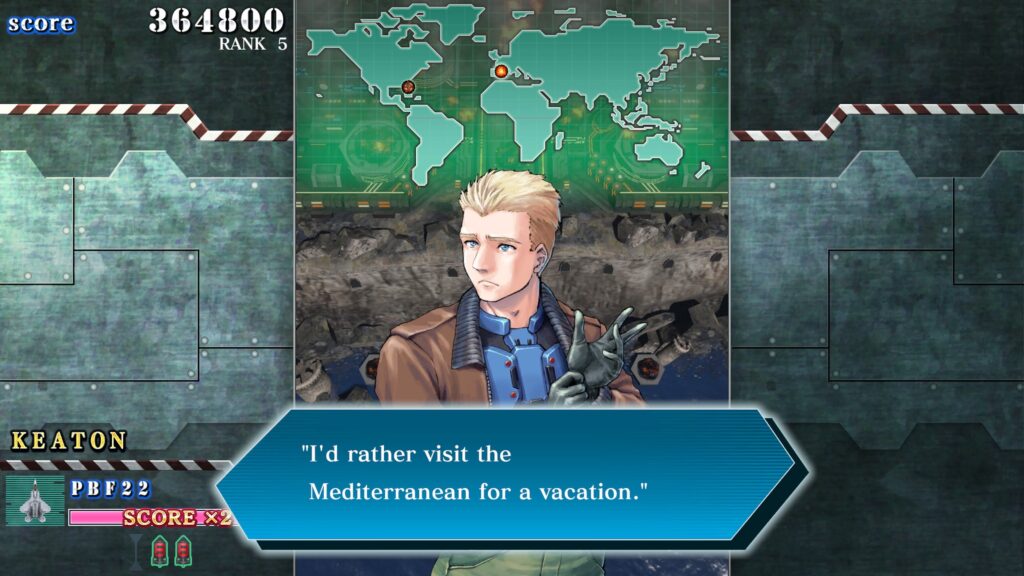

Here’s where things get tricky. While Sonic Wings Reunion absolutely nails the nostalgic fun of old-school shooters, its value proposition is questionable. Priced at $59.99 USD, it’s asking full retail money for what’s essentially a short, retro-inspired arcade title.
To be clear, the content you get is well-made: eight main stages, bonus rounds, unlockable characters, multiple soundtracks, local co-op, and leaderboards. You can tweak settings like difficulty, invincibility, and practice modes, which makes it beginner-friendly. But even with all that, it’s hard to justify the same price tag as big-budget releases or more robust indie shooters like Ikaruga HD or Mushihimesama.
For a more casual player, the short length might sting. You can easily clear the campaign during a lunch break, and unless you’re chasing leaderboard glory or experimenting with every pilot pairing, replayability depends entirely on your tolerance for repetition.
However, for fans of the genre, that simplicity can be refreshing. In a gaming landscape where shooters often drown in complex mechanics and upgrade trees, Reunion’s purity feels like a palette cleanser. It’s “pick up and play” at its finest, the kind of game you boot up for 20 minutes to unwind, not something you grind for weeks.
That said, if the developers had opted for a lower price, say $9.99 this could’ve been an easy recommendation. At $29.99, though, only die-hard Sonic Wings or Aero Fighters fans will find enough lift to stay airborne.
Fun, Fast, and Flawed
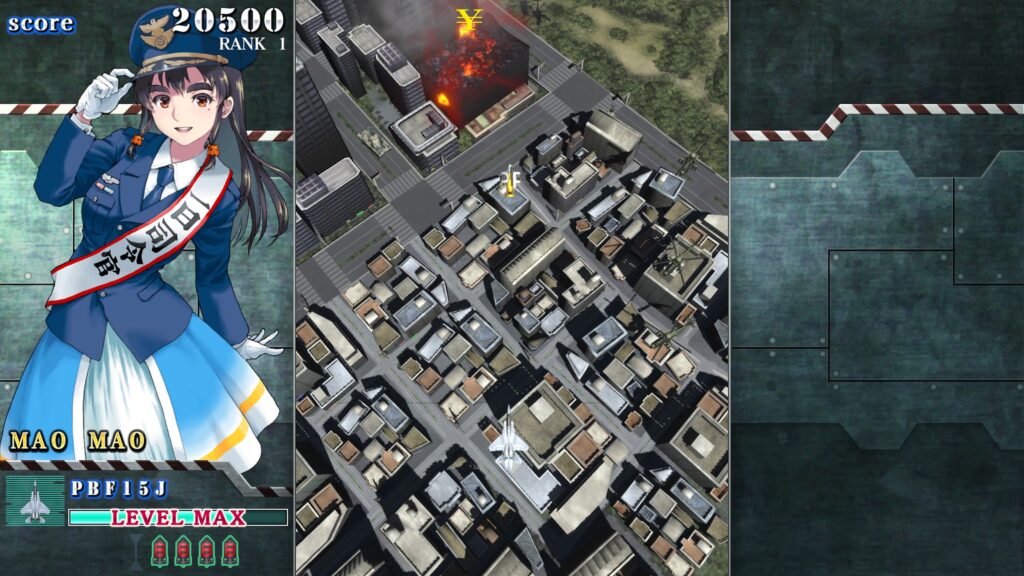

At the end of the day, Sonic Wings Reunion feels like a heartfelt but uneven comeback. It captures the goofy charm and fast-paced spirit of its predecessors, complete with talking animals, eccentric pilots, and over-the-top bosses like the infamous giant monkey Osaru. Its humor, accessibility, and couch-co-op fun make it great for quick sessions and nostalgic nights with friends.
But it also feels like a game caught between eras, not quite retro enough to feel “classic,” yet not modern enough to stand shoulder-to-shoulder with today’s polished indie shooters. The short runtime, limited visual polish, and premium price tag keep it from fully taking flight.

